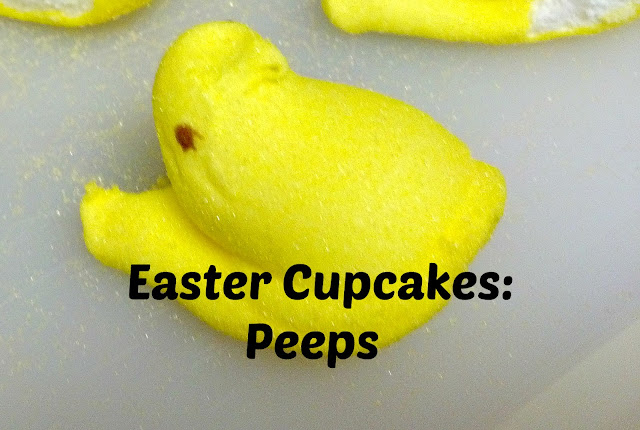I want to share a fun new recipe that is made from scratch, but super
easy! I made pull-apart bread with pesto as a side dish to our Italian Night dinner, and it was so easy, I'm going to add it as a regular side dish! If you aren't a huge fan of pesto, try this recipe with marinara!
If you don't know, pull-apart bread is a type of
bread that is made in a way that bakes together in a “loaf”, but able to be
pulled apart to eat in serving size portions.
In order to make this recipe you will need:
Bread Dough
Pesto (try my basic recipe)
Mozzarella Cheese
Parmesan Cheese
To start, make bread according to the recipe. I use Betty Crocker’s pizza dough because it is quick and easy, as well as tasty!
Once the dough has risen, take the dough and make 1 in to 1.5 in dough balls. The separate dough balls is what causes the bread to be able to "pull" apart, so the size determines the "serving" size of one pulled apart piece.
Once the balls are made, roll them in pesto and place them in pan, I
used an 8 inch cake pan, but you can use a loaf pan or even a casserole dish!
Once all the balls are made, spread some pesto on top of the balls to
make sure each crease is covered. Next, cover the top with enough mozzarella cheese to completely cover the bread and then sprinkle the parmesan cheese for taste.
Last, bake the dough according to the bread dough recipe.
Now all you have to do is pull it apart!
Have you ever made pull apart bread before?
Let me know if you try this recipe in the comments!




















































